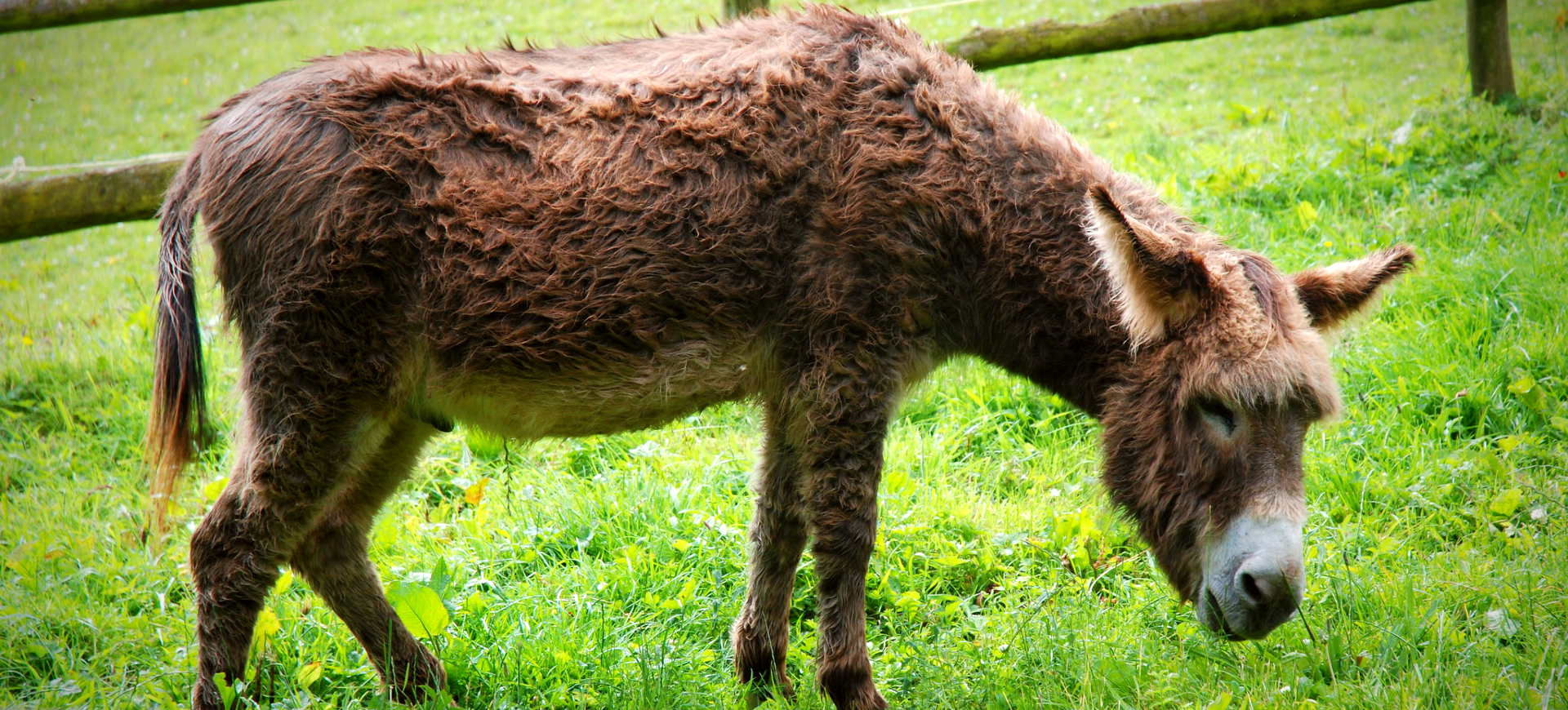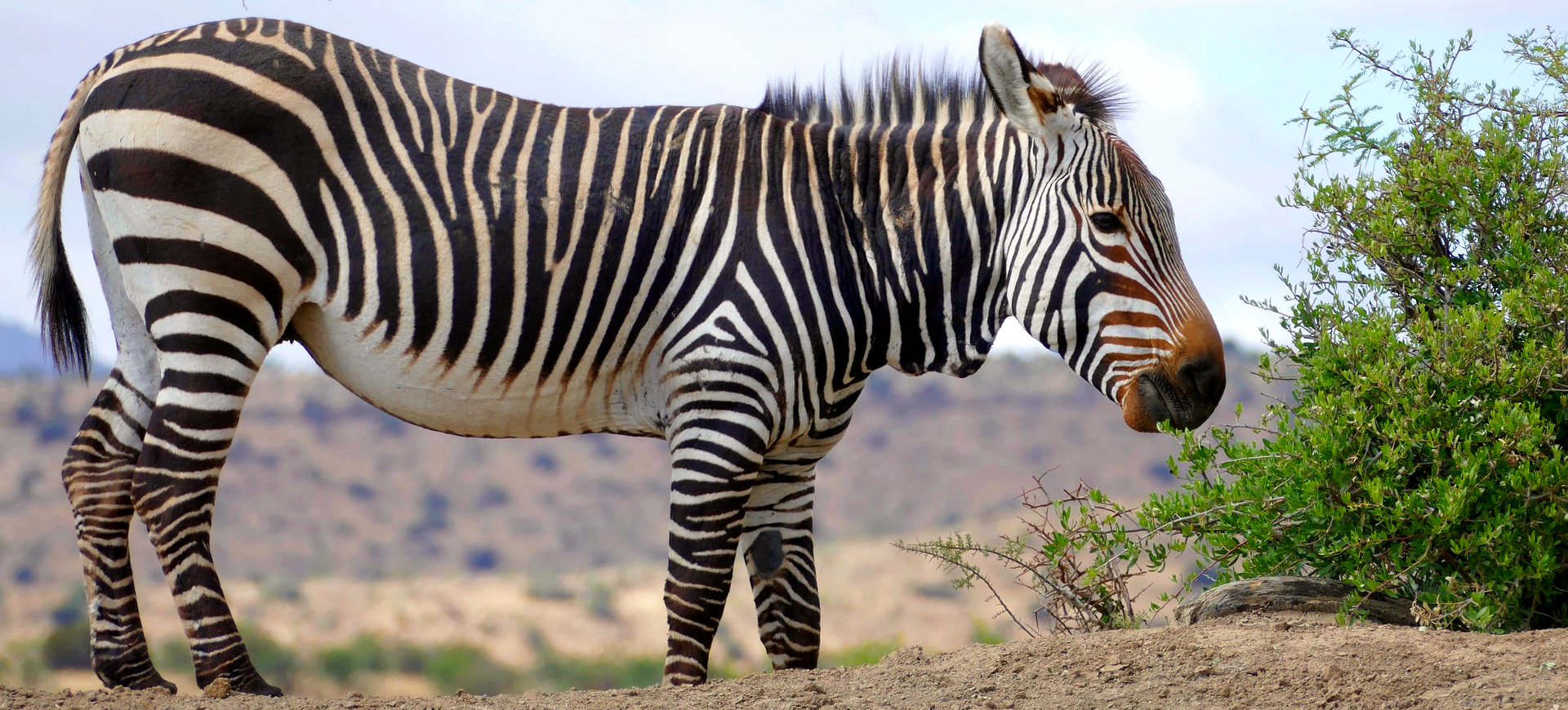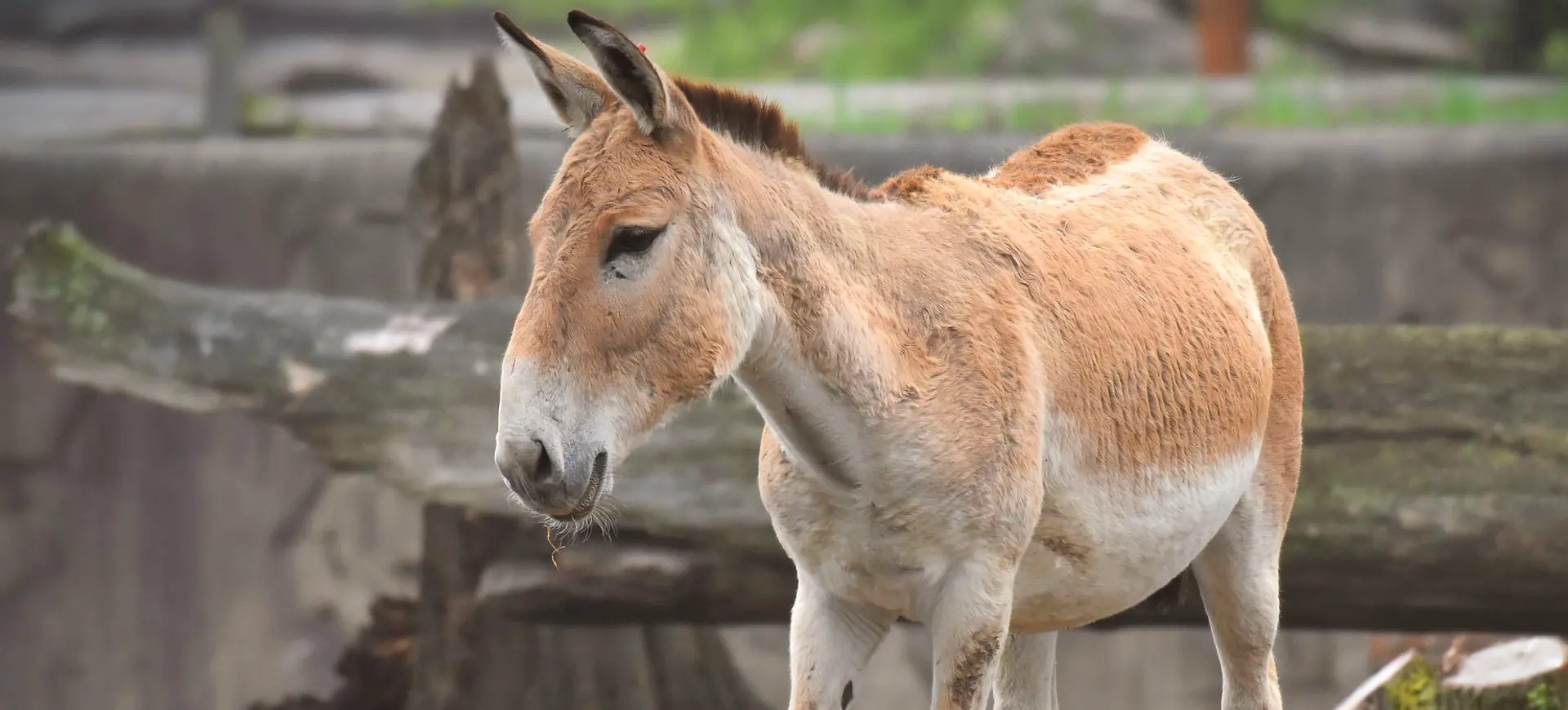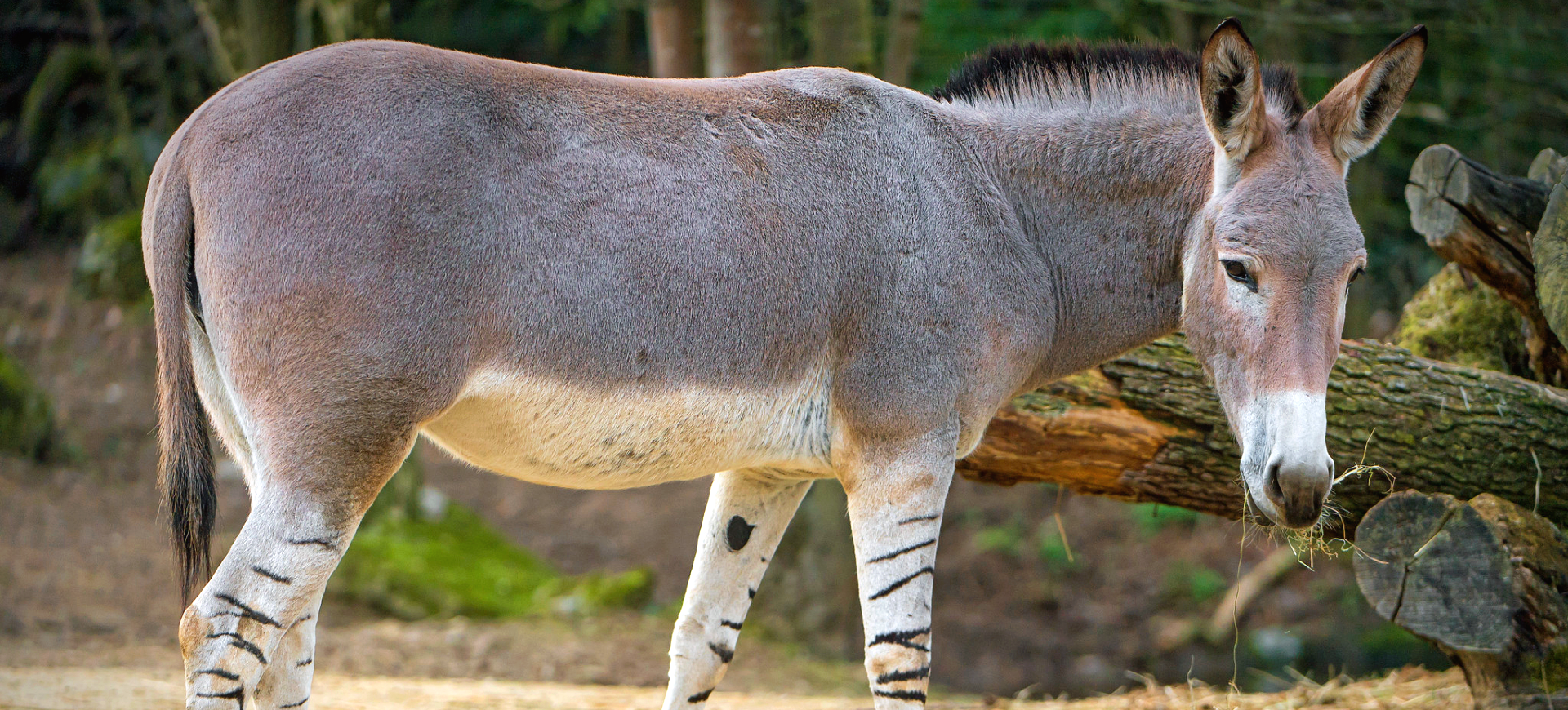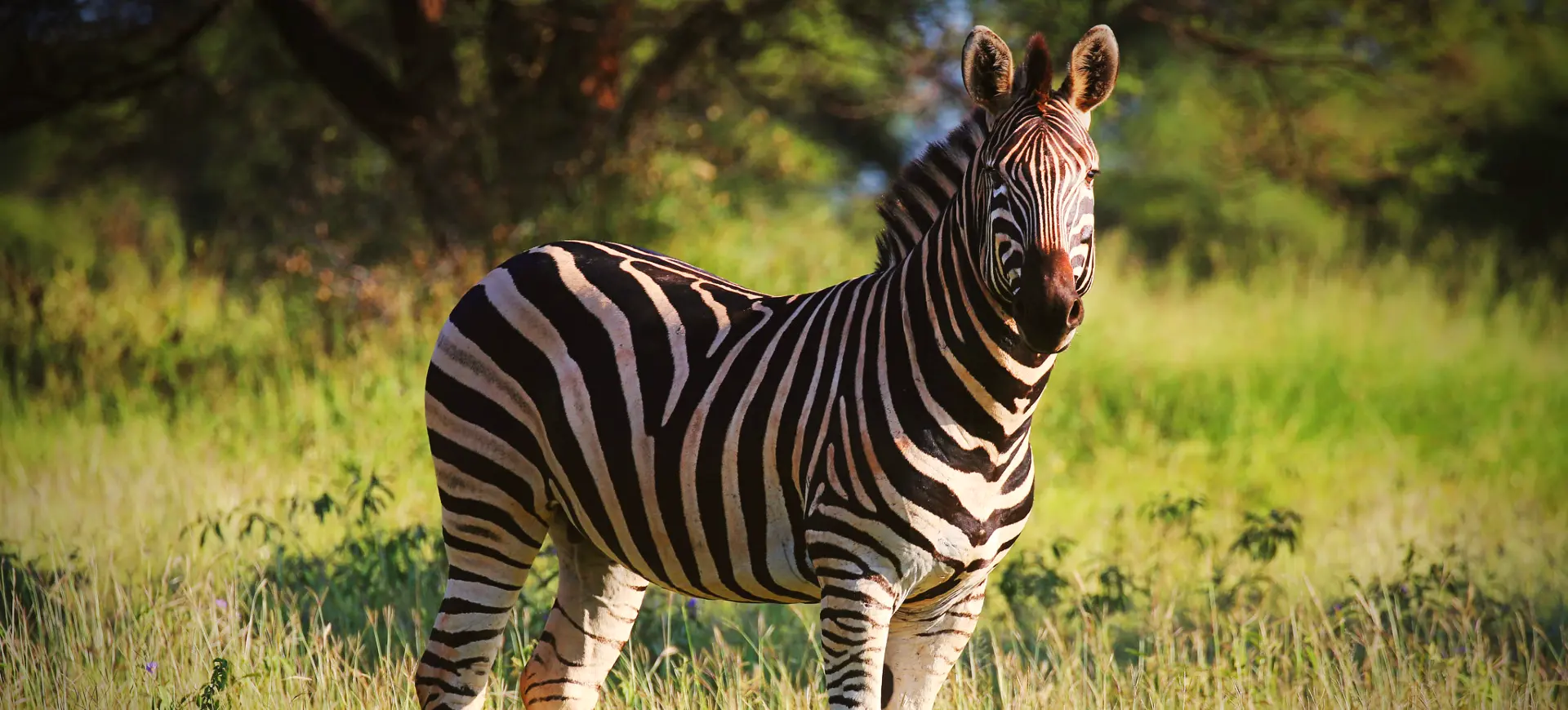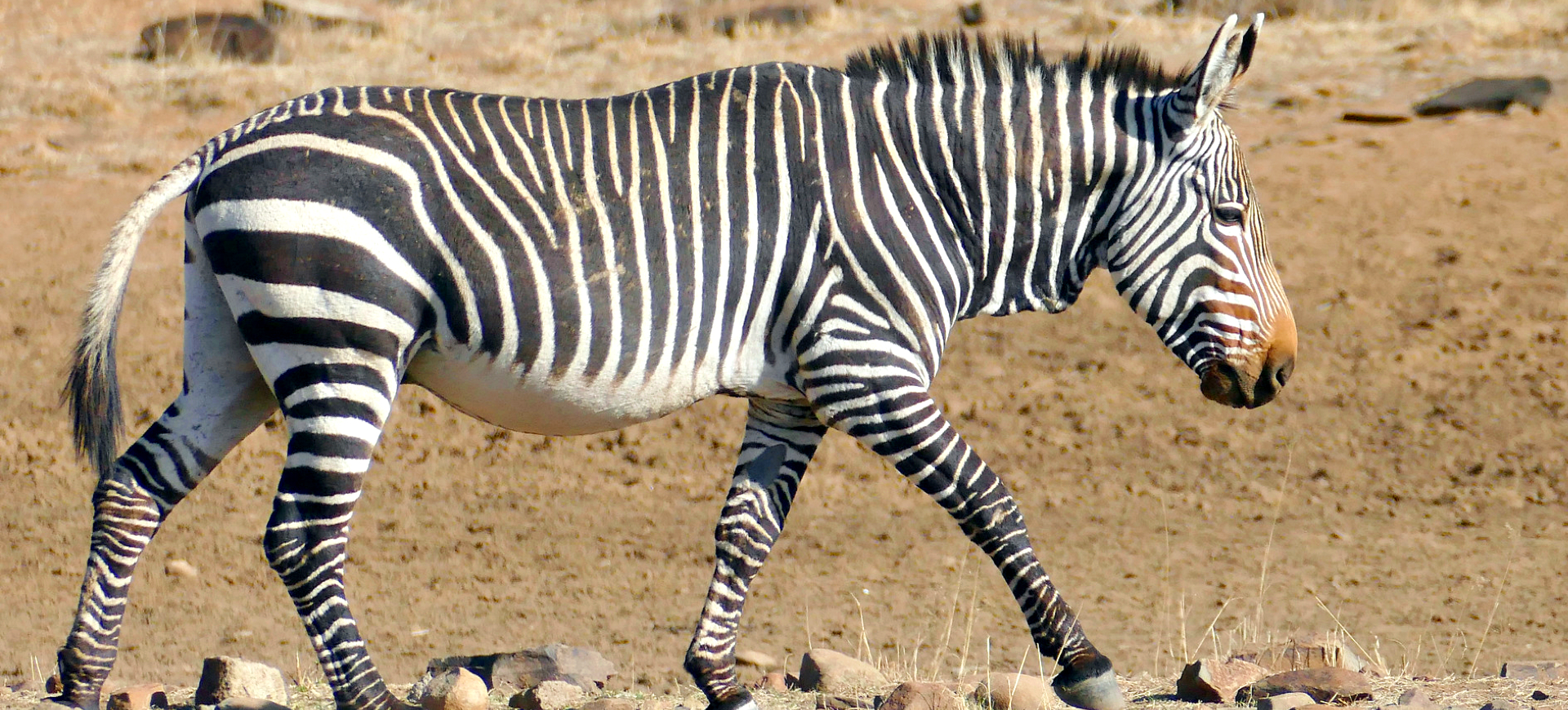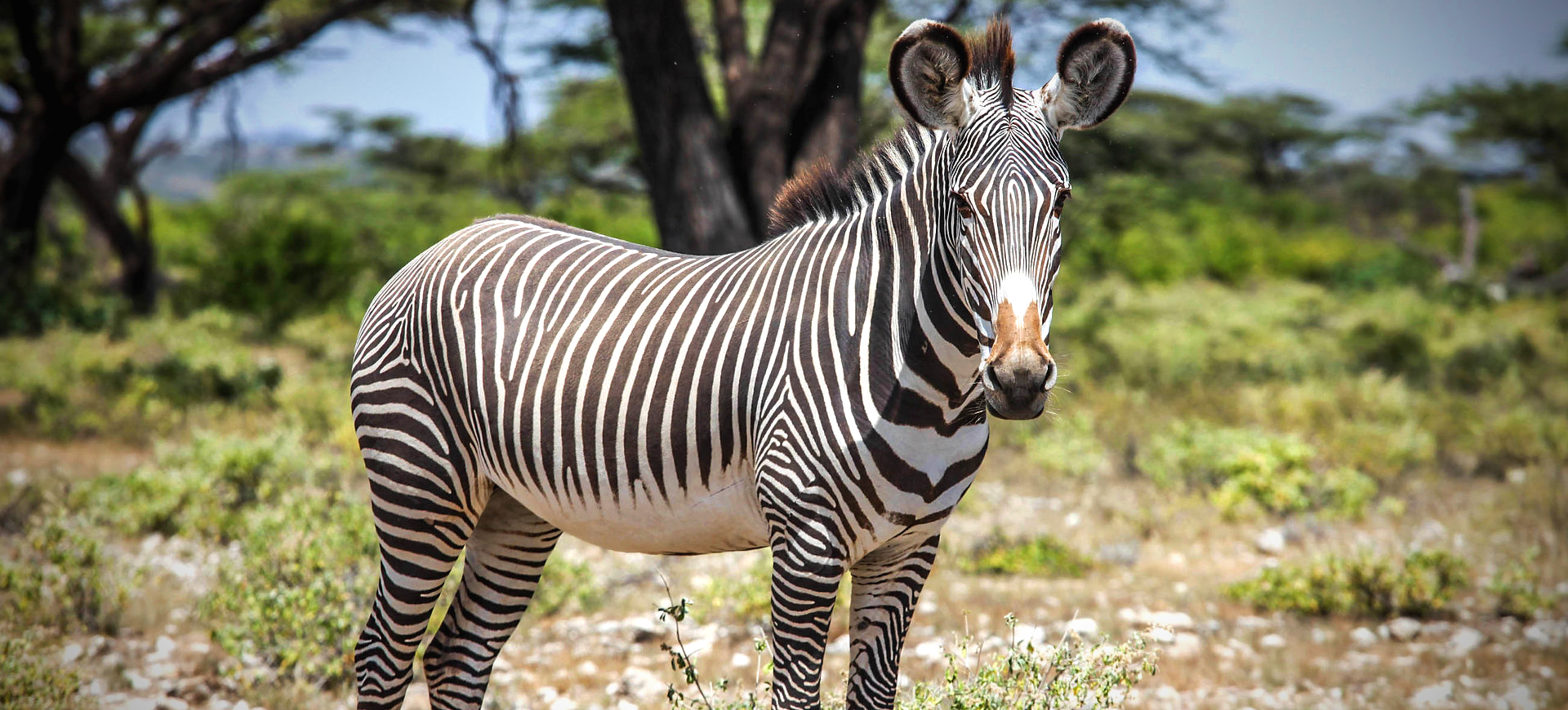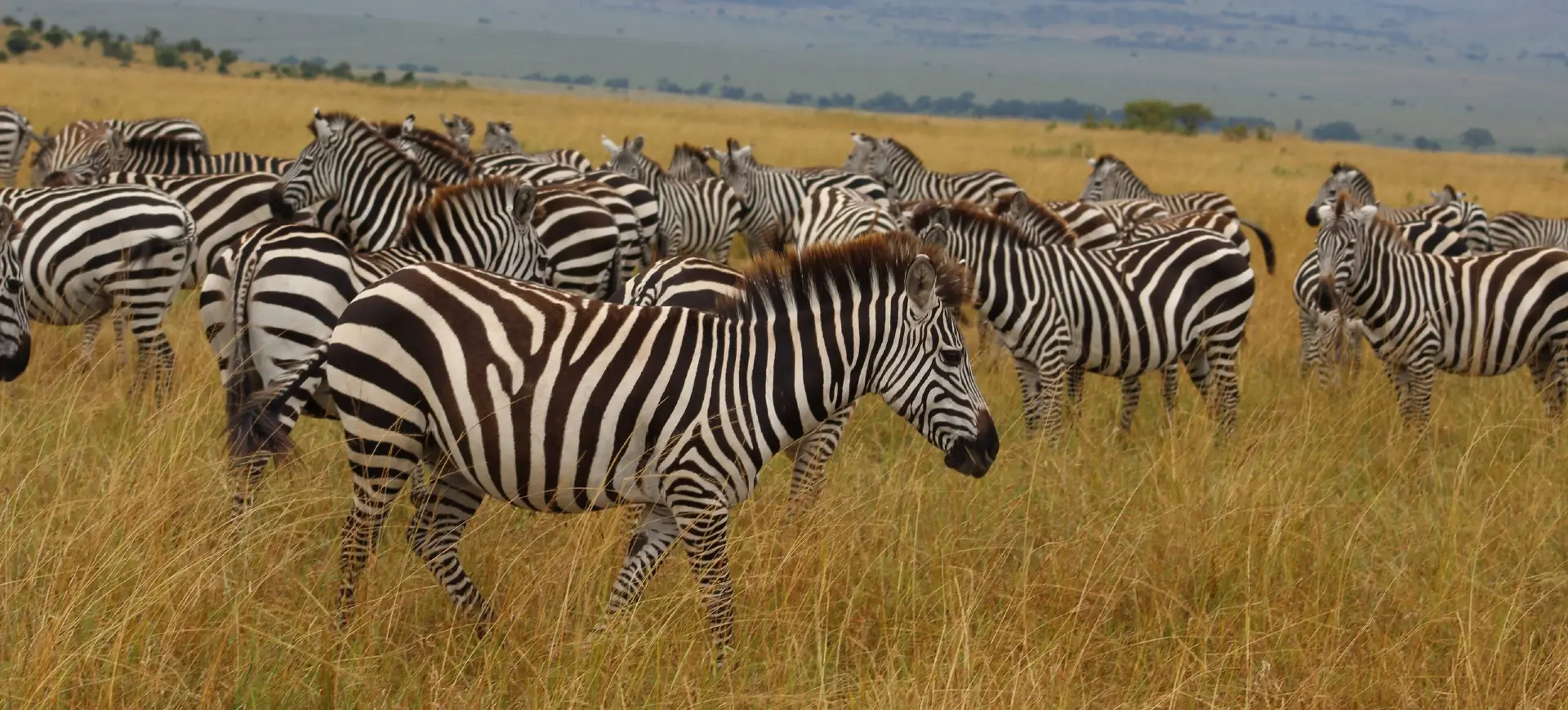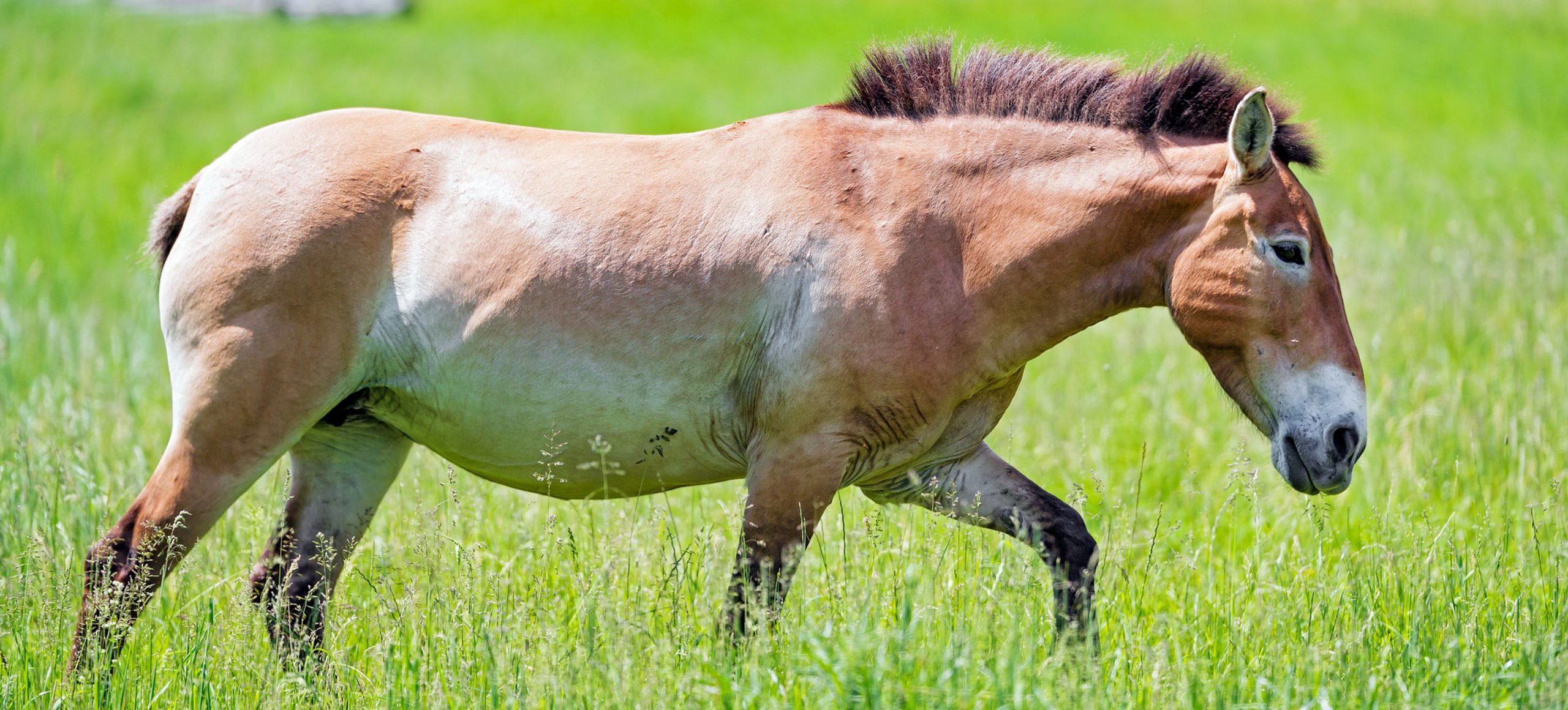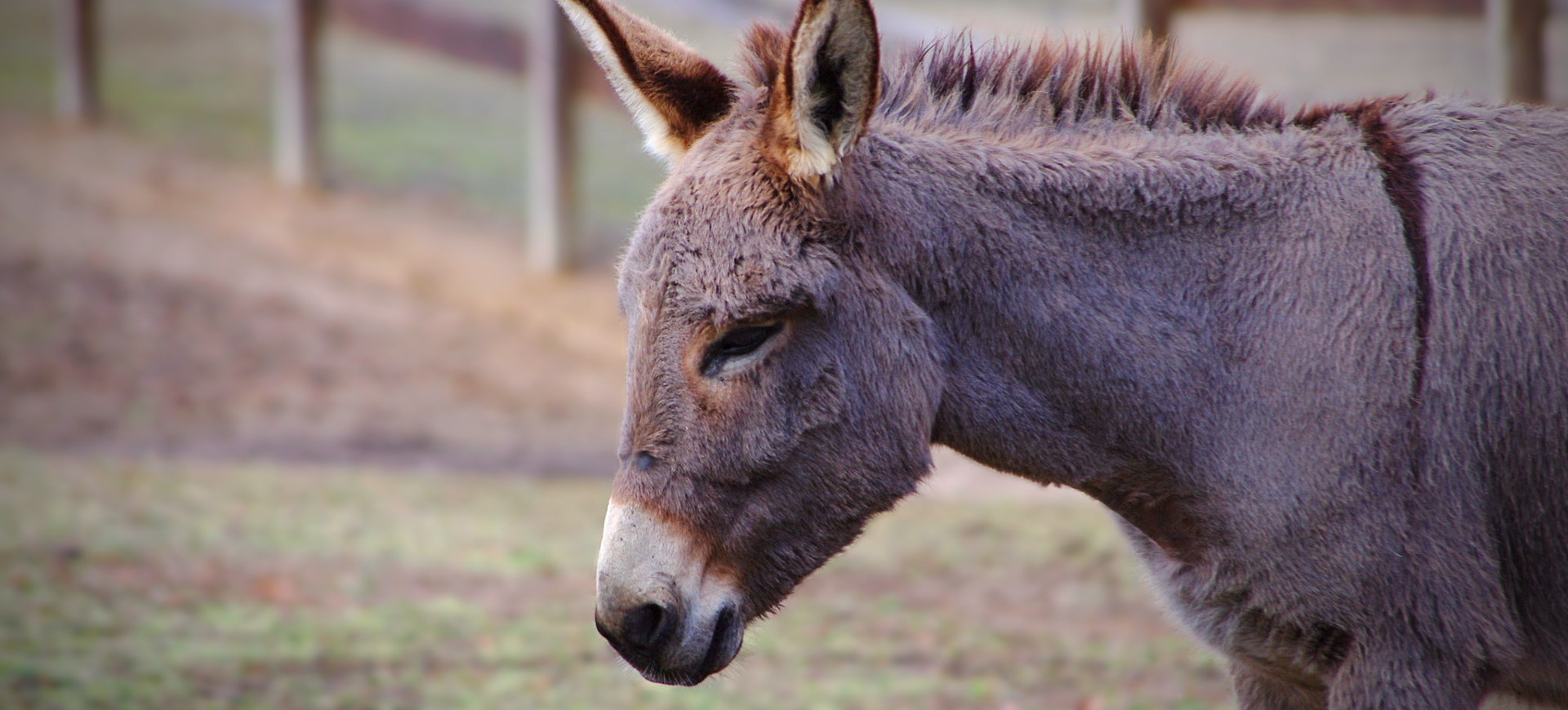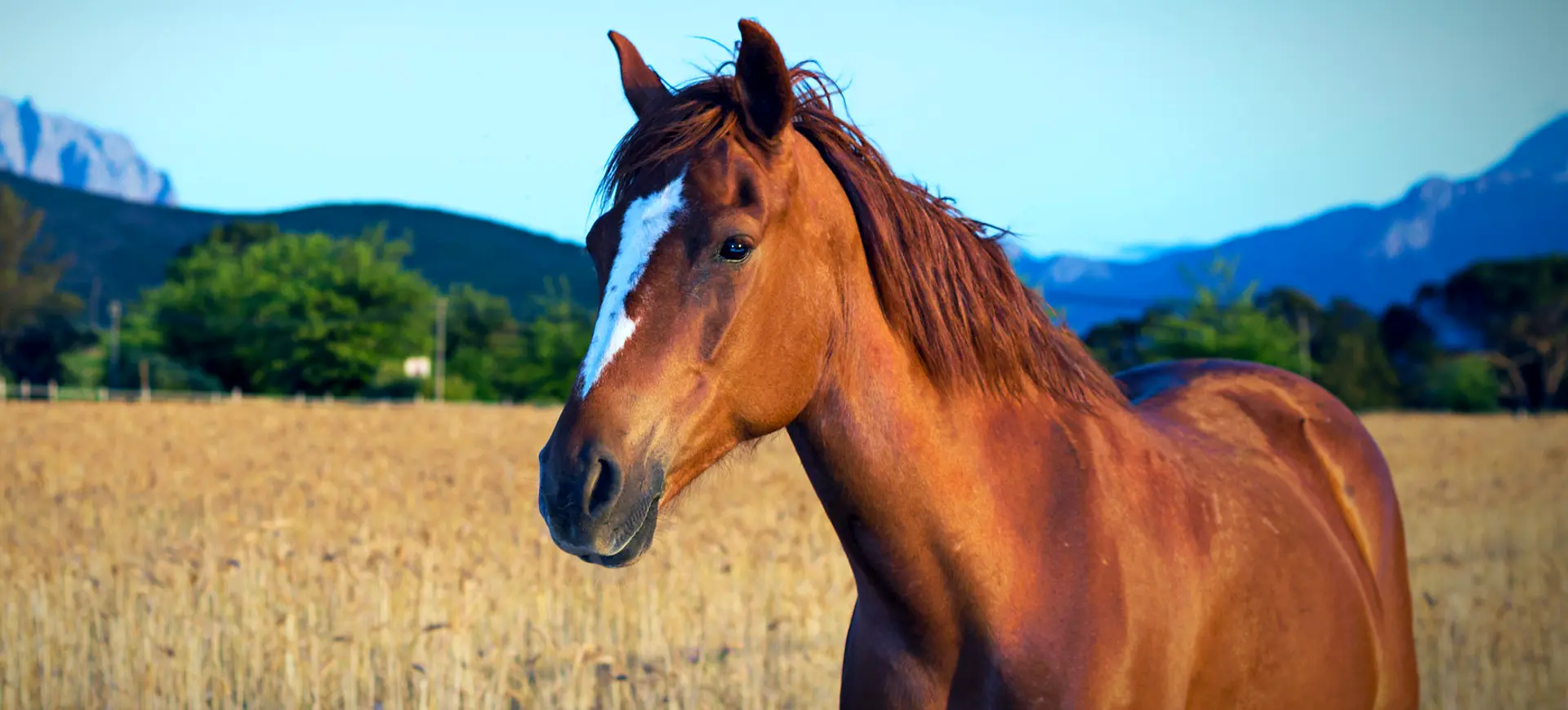Overview
The Grant’s Zebra, known for its distinctive black and white stripes, is the smallest of six subspecies of the plains zebra. Named after the 19th-century Scottish explorer James Augustus Grant, this species is primarily found in the grasslands of eastern and southern Africa.
Grant’s Zebras are a highly social species known for their hierarchical group structures. Family groups include a single stallion, several mares, and their young offspring. These zebras are primarily grazers, with a diet consisting of various grasses. They are also migratory animals, known for participating in one of Africa’s most spectacular wildlife events – the Great Migration.
This animal is remarkable for its robustness and adaptability. Despite facing threats such as habitat loss and hunting, the Grant’s Zebra has maintained a stable population, and they are a common sight in many of Africa’s national parks and reserves.
Taxonomy
Kingdom
Phylum
Class
Order
Family
Genus
Species
Sub Species
Type
Physical Description:
The Grant’s Zebra is noted for its distinctive black and white stripes, which vary between individuals. Unlike other zebra species, their stripes extend to the belly and the legs. Their stripes are generally wider and fewer in number compared to those of other zebra species.
Grant’s Zebras are relatively small but sturdy, with a robust body, a large head, and strong legs ending in a single hoof. Their large ears are highly mobile, indicating the animal’s mood and assisting in hearing, and their tails end in a tuft of black hair.

Lifespan: Wild: ~20 years || ~40 years

Weight: Male: 500-660 lbs (227-299 kg) || Female: 500-660 lbs (227-299 kg)

Length: Male: 6.6-8.5 feet (200-260 cm) || Female: 6.6-8.5 feet (200-260 cm)

Height: Male: 47-55 inches (120-140 cm) || Female: 47-55 inches (120-140 cm)

Top Speed: 40 mph (65 km/h)
Characteristic:
Native Habitat:
Grant’s Zebras inhabit eastern and southern Africa’s savannas, grasslands, and woodland regions. They are particularly found in Kenya, Tanzania, Zambia, Zimbabwe, and South Africa. They prefer habitats with grasslands that provide both food and visibility against potential predators.
These zebras require regular access to water and are typically found near water sources. They can migrate across vast distances, particularly during dry seasons, searching for water and fresh grazing lands.
Biomes:
Biogeographical Realms:
Continents:
Countries:
Diet:
Diet & Feeding Habits:
Grant’s Zebras are primarily grazers, with a diet comprising grasses. They can also consume shrubs, herbs, twigs, leaves, and bark when grasses are scarce. They have strong, broad teeth suitable for grinding tough plant materials.
Their digestive system, which includes a large cecum, allows them to exist on diets of lower nutritional quality and to extract more nutrients from the plant materials they consume. They often migrate in response to food availability, moving to greener pastures as the seasons change.
Mating Behavior:
Mating Description:
In Grant’s Zebras, the males, or stallions, establish harems of several females, or mares, which they aggressively defend from rival males. The mating period isn’t strictly defined and can occur throughout the year.
The gestation period lasts about 12 to 13 months, after which the mare gives birth to a single foal. The foal can stand and run shortly after birth, a necessary adaptation for survival in the wild. Foals are weaned at around 11 months but often remain with the family group until they reach sexual maturity at 3 to 6 years of age.
Reproduction Season:
Birth Type:
Pregnancy Duration:
Female Name:
Male Name:
Baby Name:
Social Structure Description:
Grant’s Zebras live in a social structure known as a harem. This structure comprises one dominant stallion, several adult females or mares, and their offspring. The bond among the harem members is strong, and these groups stay together for years. Stallions will fight fiercely to protect their harem from rival males. Male zebras that are not dominant enough to secure a harem often form bachelor groups, and these younger, less dominant males will occasionally challenge a harem leader for control of his females.
Young male zebras leave their birth group at about the age of three years and join a group of bachelors. When these young males are strong enough, they will attempt to take over a harem by challenging an older male.
Groups:
Conservation Status:
Population Trend:
Grant’s Zebras are relatively abundant and widespread across their range. Their exact population is unknown individuals in the wild, but as a common subspecies of Plains Zebras, which numbers about 300,000, it’s assumed to be numerous. They are well-represented in several protected areas and national parks, where they can live relatively safe from threats.
The biggest threat to Grant’s Zebra is habitat loss due to human encroachment on agriculture. They also face threats from hunting for their meat and hide. However, their populations are currently stable, and they are listed as “Least Concern” by the International Union for Conservation of Nature (IUCN).
Population Threats:
The main threat to Grant’s zebra population is habitat loss caused by human encroachment and land conversion for agriculture. These activities reduce available grazing lands and can result in fragmented populations, hindering their migration and reproduction.
Hunting is another significant threat, as zebras are targeted for their skins and meat. In some areas, they face competition for water and grazing resources with livestock. Disease and drought, compounded by climate change, threaten Grant’s zebras.
Conservation Efforts:
Conservation efforts for the Grant’s zebra include habitat protection and anti-poaching measures. National parks and reserves in their range protect their habitats and give them the necessary space to migrate. Anti-poaching patrols and community education about the importance of zebras to the ecosystem are also part of the efforts to conserve this species.
In addition, there are efforts to monitor zebra populations and understand their ecology and behavior better. These scientific research projects contribute to creating more effective conservation strategies. Lastly, zoos and wildlife parks play a role in conserving the species through captive breeding programs and public education.
Additional Resources:
Fun Facts
- Every zebra has a unique pattern of stripes, similar to a human’s fingerprints.
- Despite the apparent brightness of their striping to human eyes, to a zebra’s main predators – lions and hyenas – they are well-camouflaged, especially in low light.
- Grant’s zebras participate in Africa’s great migration, a mass movement of wildlife searching for food and water.
- A zebra’s stripy coat is thought to disperse more than 70% of incoming heat, helping to prevent the animal from overheating in the African sun.
- When a predator is chasing a group of zebras, their combined stripes can create confusion and make it difficult for the predator to target a single animal.
- Zebra foals can walk just 20 minutes after birth, and within three days, they can run fast enough to keep up with the herd.
- Zebras are very social animals, and they will only sleep when they are close to neighbors to be alerted to a predator’s presence.
- Zebras are one of the few mammals that we believe can see in color.
- The group structure, or harem, is beneficial for protection against predators, as multiple sets of eyes and ears can detect danger more effectively.
- Zebras communicate through vocal expressions, including snorting, braying, and barking, as well as facial expressions and body movements.







